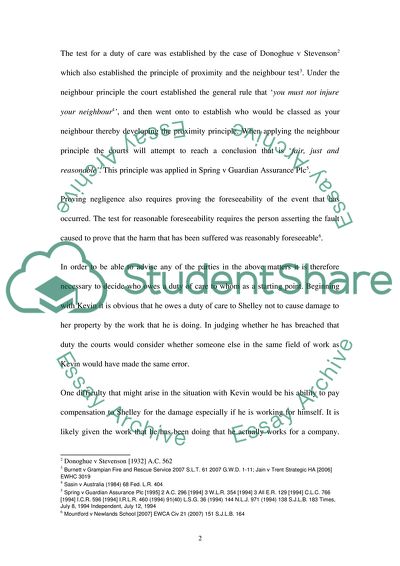Cite this document
(“The Claim for Negligence - Law Cases Essay Example | Topics and Well Written Essays - 1750 words - 1”, n.d.)
The Claim for Negligence - Law Cases Essay Example | Topics and Well Written Essays - 1750 words - 1. Retrieved from https://studentshare.org/law/1543906-see-below
The Claim for Negligence - Law Cases Essay Example | Topics and Well Written Essays - 1750 words - 1. Retrieved from https://studentshare.org/law/1543906-see-below
(The Claim for Negligence - Law Cases Essay Example | Topics and Well Written Essays - 1750 Words - 1)
The Claim for Negligence - Law Cases Essay Example | Topics and Well Written Essays - 1750 Words - 1. https://studentshare.org/law/1543906-see-below.
The Claim for Negligence - Law Cases Essay Example | Topics and Well Written Essays - 1750 Words - 1. https://studentshare.org/law/1543906-see-below.
“The Claim for Negligence - Law Cases Essay Example | Topics and Well Written Essays - 1750 Words - 1”, n.d. https://studentshare.org/law/1543906-see-below.


